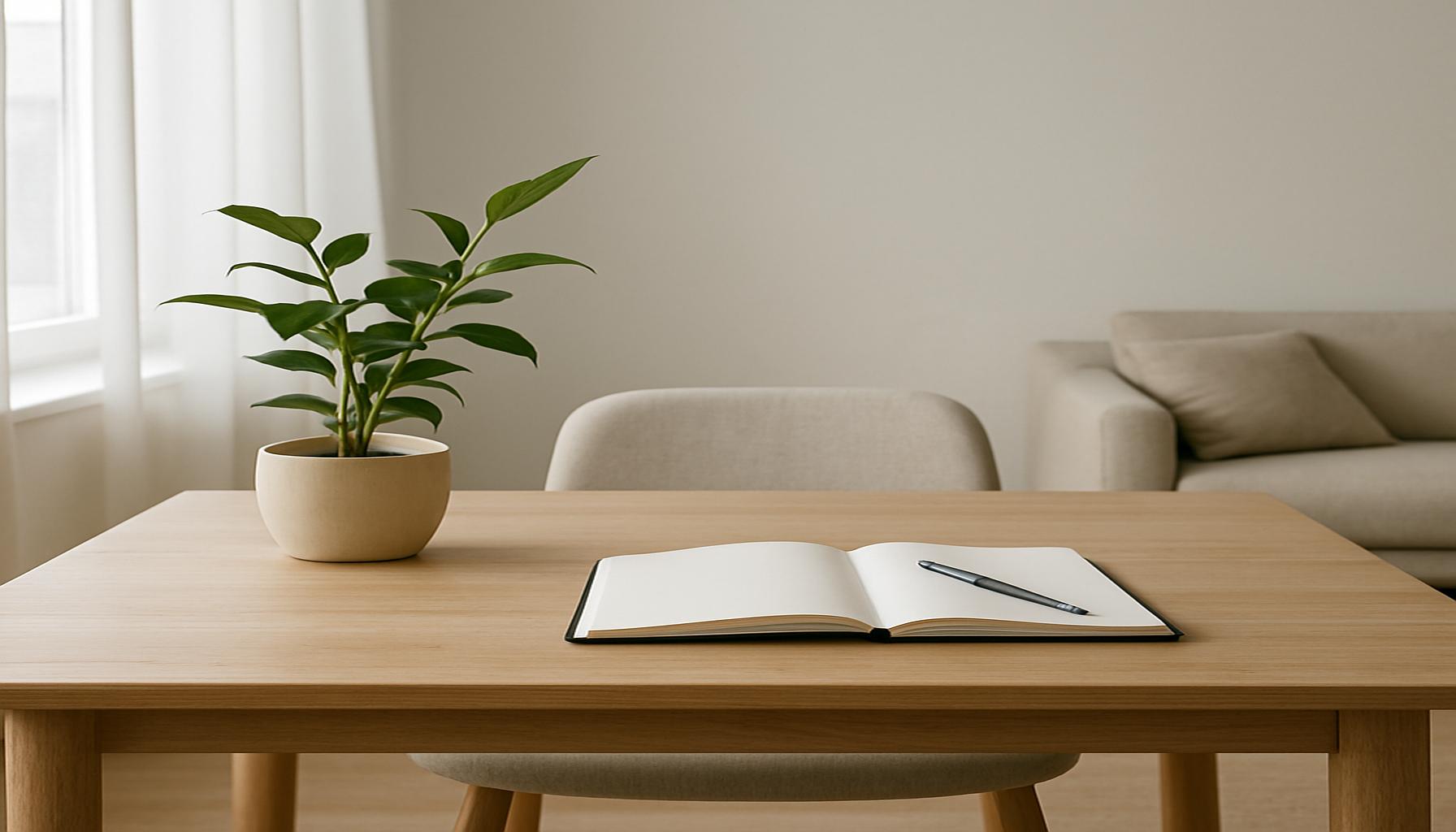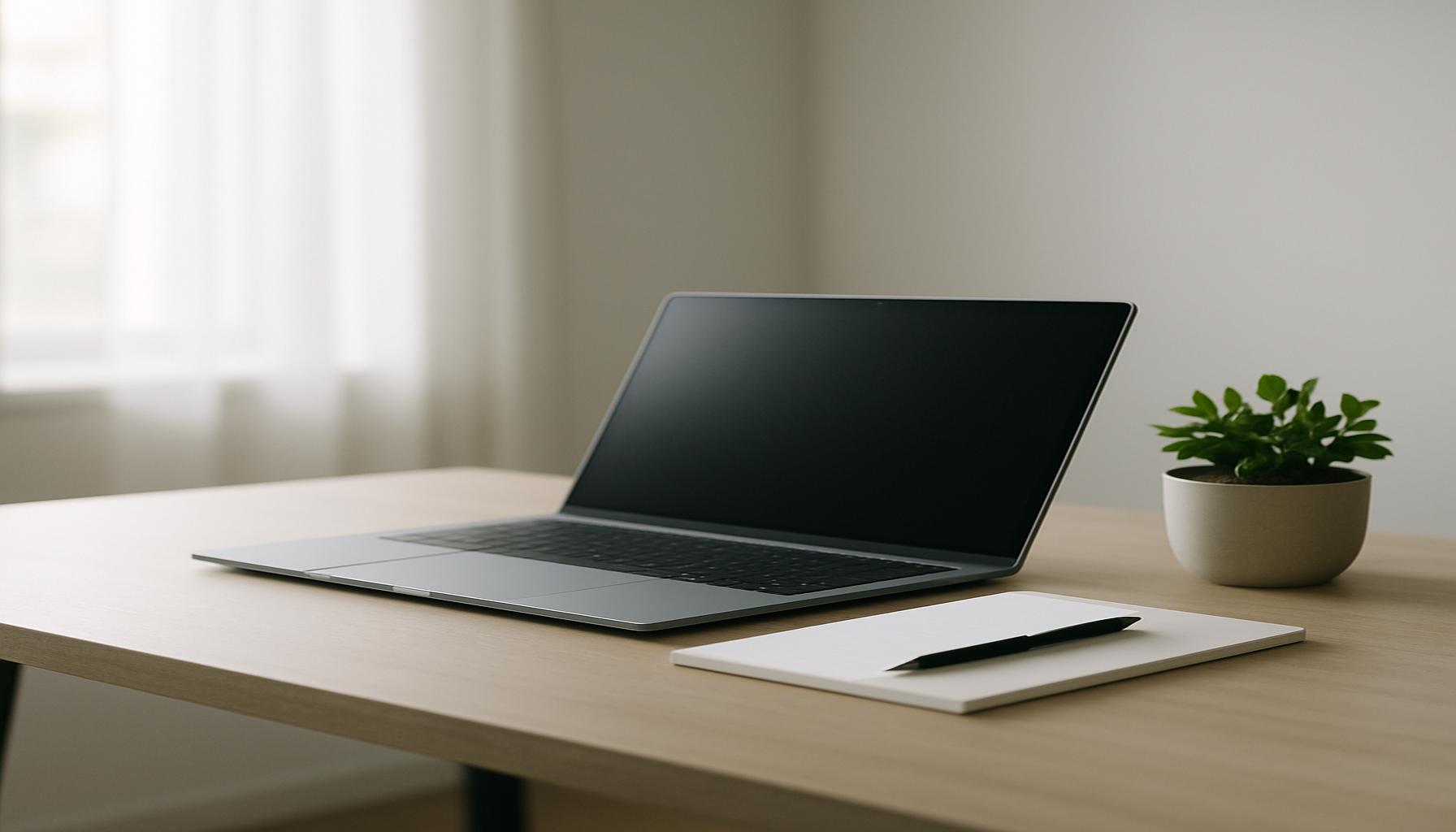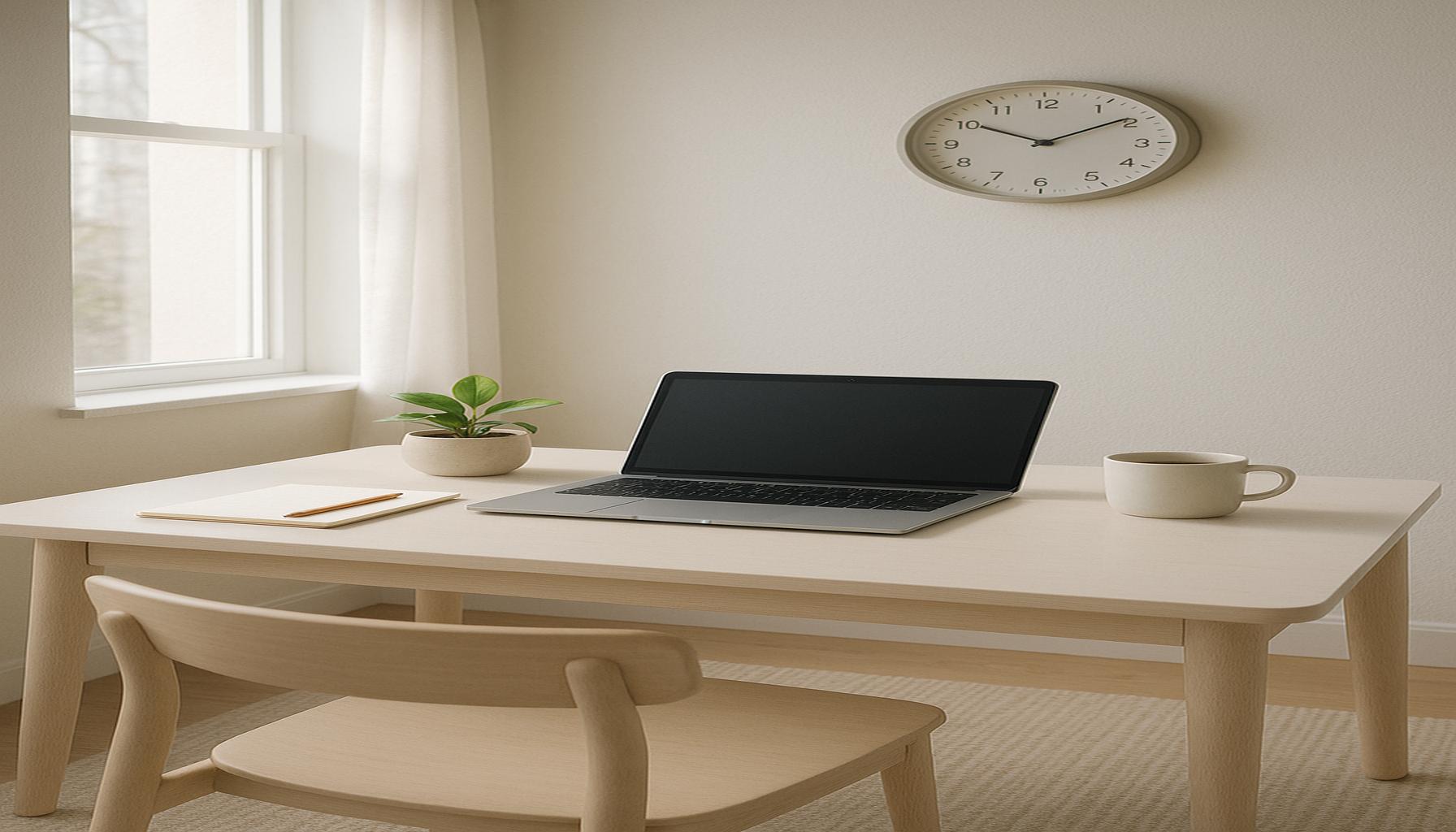Digital Minimalism: Strategies to Reduce Distractions and Increase Focus
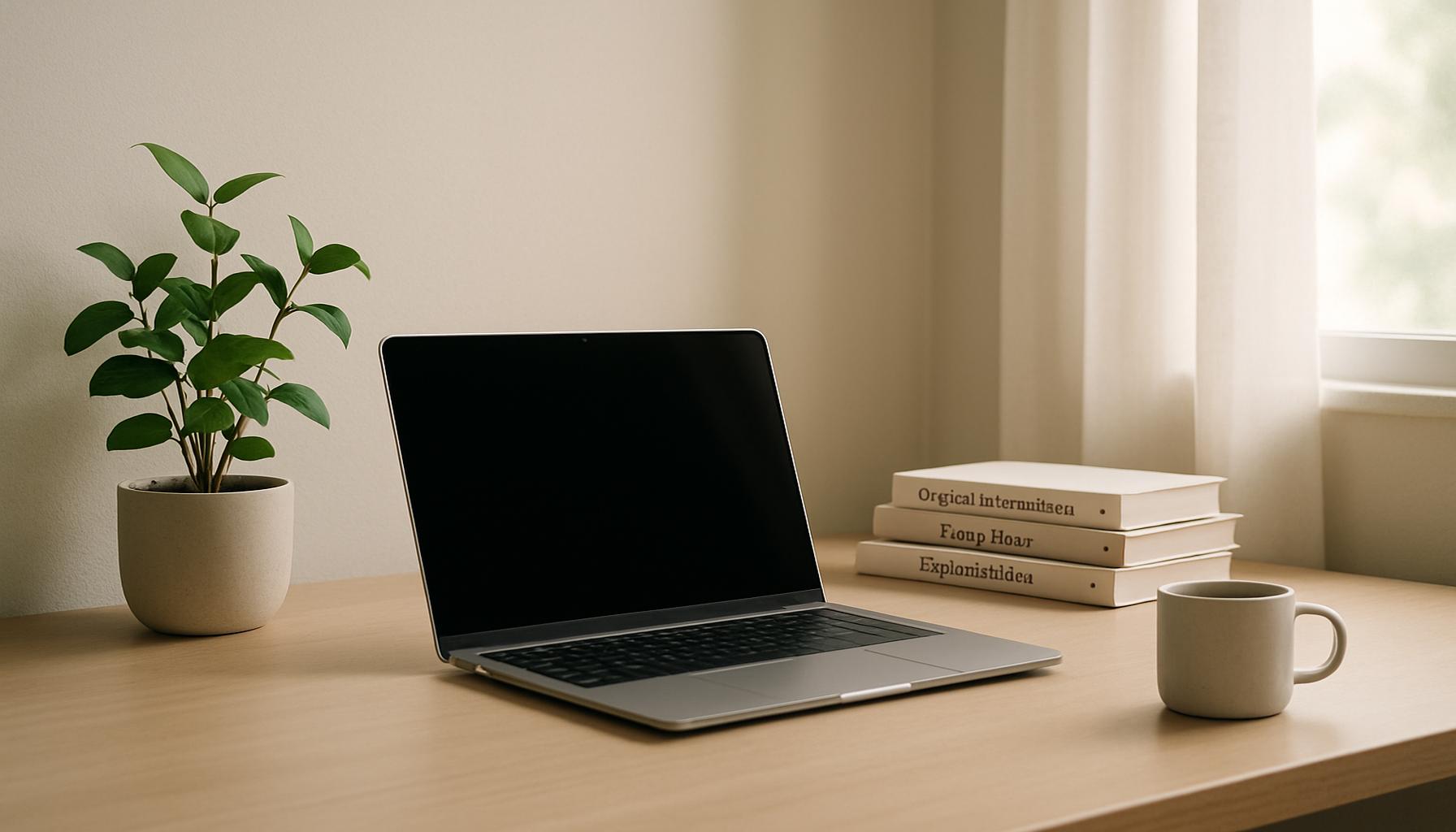
Understanding Digital Minimalism
In an age where smartphones are practically an extension of our bodies, it’s no wonder that many people find their attention divided across numerous platforms and notifications. The concept of digital minimalism offers a fresh perspective on how we interact with technology by advocating for a more thoughtful and intentional relationship with our devices. This philosophy is not about abandoning technology altogether but rather about using it in a way that enhances our lives.
One of the key tenets of digital minimalism is clarity. It involves probing deeply into your motivations for using technology. Ask yourself, “Does this app genuinely contribute positively to my life?” and “Am I using my device to engage meaningfully or merely to distract myself?” This reflective practice encourages greater awareness and helps in identifying apps or platforms that may not hold substantial value, such as certain social media channels that create more stress than connection.
Prioritization in the Digital Age
The second principle, prioritization, urges individuals to focus on aspects of technology that truly matter. For instance, if you frequently check your email but find it draining, consider setting specific times during the day to check messages rather than doing so constantly. This not only boosts productivity but also reduces cognitive overload. Another example might be limiting entertainment streaming services to just one or two that provide the most enjoyment rather than juggling multiple subscriptions, which can lead to decision fatigue.
Setting Boundaries
The notion of boundaries is crucial too. As notifications become omnipresent, developing limits becomes essential for mental well-being. Setting specific hours when you will not engage with technology—like during dinner or before bed—can foster deeper connections with family and promote healthier sleep patterns. You might even consider implementing “digital detox” weekends where devices are put away to engage fully in outdoor activities, hobbies, or personal projects.
Research supports the benefits of digital minimalism, revealing that individuals who adopt these principles often report a significant boost in overall happiness and reduced anxiety levels. For example, a study conducted by the University of Pennsylvania found that limiting social media use to just 30 minutes a day can lead to a substantial decrease in feelings of loneliness and depression.
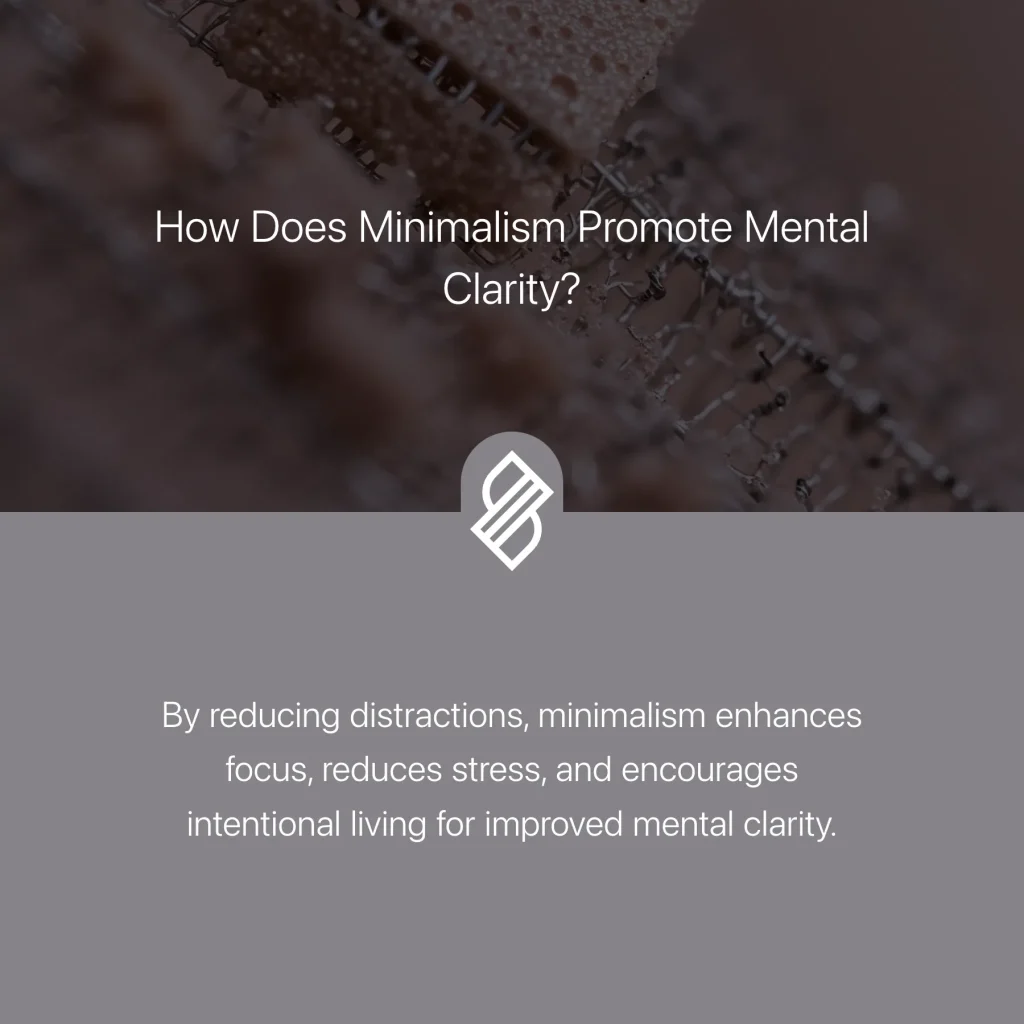
As we delve deeper into the following sections, you’ll gain access to practical tips for decluttering your digital life and creating optimized online habits. Implementing strategies that emphasize intentionality in technology use will empower you to lead a more focused and fulfilling life. Are you prepared to take the first step towards a more mindful digital existence?
DISCOVER MORE: Click here to learn how to create intentional spaces
Practical Strategies for Embracing Digital Minimalism
As we venture into the intricate landscape of digital minimalism, it’s essential to equip ourselves with practical strategies that can effectively mitigate distractions and bolster our focus. By implementing these approaches, we can cut through the noise of the digital world and create a more fulfilling online experience.
Decluttering Your Digital Space
The process of decluttering your digital life may seem daunting, but it serves as a fundamental step toward achieving greater focus. Begin by evaluating your digital assets—whether it’s your smartphone, tablet, or computer. Assess the apps, files, and subscriptions that occupy space and time in your life. Ask yourself these critical questions:
- Is this app beneficial to my goals and well-being?
- How often do I use this tool, and does it enhance my productivity?
- Are there any overdue subscriptions that I don’t utilize?
Once you have identified the digital clutter, streamline your devices by deleting unnecessary apps and unsubscribing from emails or services that no longer serve you. Research suggests that a cleaner digital space can significantly reduce decision fatigue, ultimately leading to improved focus and well-being.
Mindful Usage of Social Media
Another vital aspect of digital minimalism lies in re-evaluating your social media usage. While these platforms can provide a sense of connection, they can also become overwhelming. To create a more mindful approach, consider implementing the following strategies:
- Limit your accounts: Focus on one or two social media platforms that engage you the most. The fewer networks you manage, the less distraction you’ll experience.
- Set time limits: Use built-in features on platforms to restrict daily usage. For example, setting a timer for 30 minutes can prevent endless scrolling.
- Curate your feed: Unfollow accounts that contribute to negativity or anxiety. Instead, follow pages that inspire and support your interests.
By intentionally moderating your interaction with social media, you can transform your online experience from one of overwhelm to one of enrichment.
The Power of Digital Rituals
Incorporating digital rituals into your daily routine can also enhance your engagement with technology. These rituals may include specific practices that set the tone for focused work or relaxation. Examples of effective digital rituals include:
- Morning tech-free hours: Start your day without jumping straight into notifications or emails. Instead, dedicate the first hour to personal pursuits like reading or meditation.
- Scheduled disconnects: Establish fixed times during the day when you disconnect from devices completely, allowing time for uninterrupted thinking and creativity.
- Mindful tech usage: Before engaging with any device, take a moment to set a clear intention about what you want to accomplish, helping to ground your focus.
By embracing these digital rituals, you create a balanced rhythm that encourages intentional technology use while fostering an environment conducive to productivity and creativity.
As we navigate through this digital era filled with distractions, adopting principles of digital minimalism isn’t just about reducing screen time; it’s about cultivating a lifestyle that prioritizes depth. Prepare to uncover further techniques and deeper insights that will pave the way for a more focused digital existence.
| Advantage | Description |
|---|---|
| Enhanced Focus | Implementing digital minimalism leads to clearer mental landscapes, facilitating better concentration on essential tasks. |
| Reduced Digital Clutter | By decreasing unnecessary notifications and app usage, individuals can significantly lower distractions, promoting a more streamlined workflow. |
| Improved Well-Being | Adopting this strategy fosters a more fulfilling relationship with technology, leading to increased mental clarity and emotional stability. |
| Time Management | Focusing on what’s truly necessary allows users to allocate their time more effectively, ensuring that less time is wasted on non-productive activities. |
Adopting digital minimalism can revolutionize the way we approach technology. By focusing on essential tools and reducing distractions, individuals are empowered to reclaim their time and mental space. In a world where micro-distractions are just a click away, this strategy promotes a more intentional usage of digital devices, ultimately enhancing productivity and overall well-being. Discover how, through simple changes in your digital habits, you can cultivate a more focused and engaged lifestyle.
DIVE DEEPER: Click here to discover the power of intentionality in minimalism</
Designing Your Technology Environment
A key principle of digital minimalism involves designing a technology environment that facilitates concentration while minimizing distractions. Our surroundings strongly influence our ability to focus; by intentionally crafting our digital space, we can enhance our productivity and creativity. Here are some effective strategies for setting up an optimal technology environment:
Creating Digital Workspaces
Much like a physical workspace, a digital workspace should be carefully constructed to suit your goals. Begin by organizing your desktop and files in a way that promotes easy access to essential tools without causing overwhelm. Here are a few tips for creating a well-organized digital workspace:
- Use folders: Group related files to streamline access and reduce clutter. This organization allows you to find what you need quickly, saving time and energy.
- Designate a ‘focus tool’: Determine one or two applications that help you maintain concentration, such as note-taking or project management tools, and keep them easily accessible.
- Limit notifications: Disable non-essential notifications from applications and emails to keep interruptions at bay while you work.
By creating a clean and functional digital workspace, you’ll find it easier to dive into tasks with fewer distractions and a clearer mind, ultimately leading to enhanced focus.
Implementing the Pomodoro Technique
Another effective strategy in the realm of digital minimalism is the Pomodoro Technique. This time management method encourages effective focus by breaking work into intervals, typically 25 minutes long, followed by short breaks. Here’s how to implement it:
- Pick a task: Choose a specific task you want to accomplish.
- Set a timer: Use a timer—whether digital or analog—and set it for 25 minutes.
- Work until the timer goes off: During this time, immerse yourself in the task, eliminating distractions.
- Take a break: Once the timer rings, take a short five-minute break to recharge before starting another round.
This technique not only helps maintain focus but also encourages regular breaks, preventing burnout and enhancing creativity over time.
Choosing the Right Tools and Applications
In a world saturated with digital applications, selecting the right tools is essential in your pursuit of distracted-free productivity. Consider dedicating time to identify applications that align with your goals and streamline your workflow. Some examples include:
- Task managers: Tools like Todoist or Asana can help organize tasks and projects, promoting focus.
- Focus music: Platforms such as Brain.fm or Focus@Will offer tailored music designed to enhance concentration and improve cognitive performance.
- Browser extensions: Use extensions like StayFocusd or Freedom to block distracting websites during work hours.
By carefully selecting tools that cater to your specific productivity needs, you can foster a more intentional use of technology, creating an environment that encourages deep work and focus.
Practicing Self-Reflection
Lastly, engaging in self-reflection can play a crucial role in your digital minimalism journey. Regularly assess your relationship with technology and how it impacts your focus. Consider keeping a digital journal where you can reflect on your experiences, noting moments of distraction and triumph. Questions to ponder include:
- What activities consume the most time, and are they aligned with my personal or professional goals?
- How do I feel after engaging with specific technology—do I feel energized or depleted?
- What steps can I take to adjust my digital interactions to foster a more positive experience?
By consistently reflecting upon and adjusting your digital practices, you empower yourself to maintain a focused, intentional relationship with technology, embodying the principles of digital minimalism in every aspect of your life.
DISCOVER MORE: Click here to learn about minimalism
Conclusion
In our rapidly evolving digital landscape, the principles of digital minimalism offer a pathway toward enhanced focus and productivity. By understanding and implementing effective strategies—such as designing intentional digital workspaces, utilizing techniques like the Pomodoro Technique, and choosing the right tools—we can carve a more concentrated existence amidst the digital chaos. Embracing these methods enables us to regain control over our attention, allowing us to channel our mental energy into pursuits that genuinely matter.
Moreover, engaging in self-reflection serves as a vital practice in this journey. By examining our technology usage and its effects on our well-being, we can identify not only sources of distraction but also opportunities for improvement. It fosters a conscious relationship with technology, leading to a healthier, more intentional digital interaction.
As you adopt the strategies outlined in this article, remember that digital minimalism is a personalized endeavor. What works for one may not necessarily apply to another; it’s essential to experiment and find what best enhances your focus. In doing so, you’ll not only mitigate distractions but also uncover a deeper, more satisfying approach to both your work and life. Now is the time to redefine your digital habits and take a step towards a more focused future—where technology serves you, rather than distracts you.
